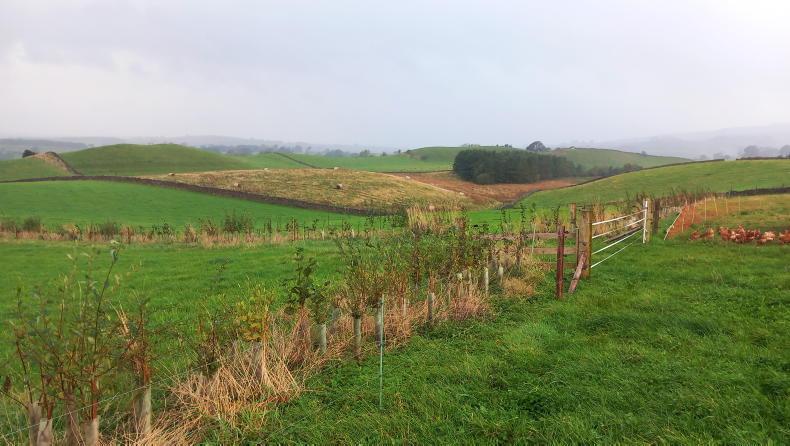The UK Prime Minister, Sir Keir Starmer was one of only seven G20 leaders that made it to the COP 29 summit in Azerbaijan this week.
It was relatively easy therefore to grab a headline from the event and he did just that by putting down a target for reduction of 81% in UK emissions by 2035, up from the 78% target set by the previous Government.
The intermediate target is to achieve a 68% reduction in emissions by 2030 compared to the 1990 base level. Sir Kier wasn’t specific on how the reduction would be delivered though he did speak of his government wanting to “tread lightly on people's lives".
We need to look beyond this address to the UK Climate Change Advisory Committee (CCC) to see exactly what the UK needs to do to meet its reduction targets.
In terms of progress to date and what more can be achieved, the UK has already halved its 1990 level of emissions, largely thorough a switch to greener energy. The CCC in their 2024 update presented to Parliament in July identified a series of measures that were required for delivery of the UK targets.
Next steps
To achieve the additional reduction in emissions, the report recommends what might be considered as drastic actions. These include a three fold increase in off shore and a doubling of onshore wind installations by 2030 plus a five fold increase in solar installations by 2030.
It also identifies a need to retrofit 10% of domestic dwellings with a heat pump, up from just 1% at present and achieve a switch to electric vehicles of almost 100%, up from 16.5% at present, by 2030.
While all of these are technically achievable, it is a huge challenge. Wind turbines are at best tolerated in the UK just as the case in Ireland and getting the switch to electric vehicles instead of petrol and diesel seems ambitious.
Agriculture just 10% UK emissions
Unlike Ireland, farming accounts for a relatively small share of UK emissions at 10%.
This reflects the fact that unlike Ireland, the UK has a history of heavy industry and coal mining. Whereas Irish agriculture carries the emissions burden for the 90% of beef and dairy we export, the UK gets a free pass on the 20% of beef that they import to fill the deficit between what they produce and consume.
This is because emissions on agriculture are calculated at the point of production, not consumption and contrasts with energy where for example the emissions on oil are calculated at the point of consumption, not production!
Despite the relatively low contribution of agriculture to UK emissions, the CCC have in the past raised the hackles of farmers with the suggestion of needing to reduce meat consumption or apply a tax to the product to encourage dietary changes.
In their 2020 report the CCC suggested that meat and dairy consumption should be cut by 20% and if this wasn’t achieved voluntarily then a tax on these products should be considered.
Comment
Unlike Ireland, the UK has the tools to deliver significant reduction in emissions without a reduction in output from agriculture. These require huge investment and considerable lifestyle changes from consumers, particularly when it comes to transport.
The UK Prime Minister’s contribution at COP 29 was enough to get the best in class prize but the lack of meaningful engagement from the rest of the world adds to the belief that while the UK and EU may put in the hard yards, a global solution remains a long way off without equal commitment by the rest of the world.






 This is a subscriber-only article
This is a subscriber-only article










SHARING OPTIONS: